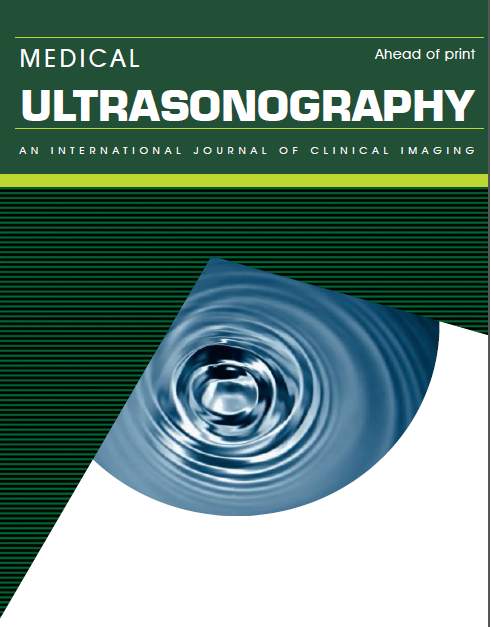Effectiveness of Superb Microvascular Imaging for the differentiation of intraductal breast lesions
Abstract
Aims: The aim of this study was to compare the diagnostic performance of superb microvascular imaging (SMI) and power Doppler imaging (PDI) for the differentiation of intraductal breast lesions.
Materials and methods: A total of 54 intraductal breast lesions (39 benign, 10 atypical, and 5 malignant) in 53 patients were examined using B-mode ultrasonography, PDI, and SMI. Vascularity grading, distribution of microvessels, and penetrating vessels were evaluated using each Doppler technique. The diagnostic performances of both methods were compared.
Results: SMI was more efficient in detecting flow signals than PDI (p=0.004). The highest diagnostic accuracy rates were achieved with SMI using vascular grading. When hypervascularity was used as a cut-off value to differentiate malignant and atypical lesions from benign lesions, the sensitivity, specificity, positive predictive value, negative predictive value, and accuracy were 66.6%, 80.7%, 66.6%, 80.7%, and 75.6%
for PDI, and 86.6%, 76.9%, 68.4%, 90.9%, and 80.4% for SMI, respectively. Conclusions: SMI is more sensitive than PDI for detecting subtle blood flow in intraductal breast lesions with statistical significance. This novel and promising vascular imaging technique may be helpful in B-mode ultrasonography to distinguish intraductal breast lesions.
Keywords
DOI: http://dx.doi.org/10.11152/mu-1433
Refbacks
- There are currently no refbacks.




